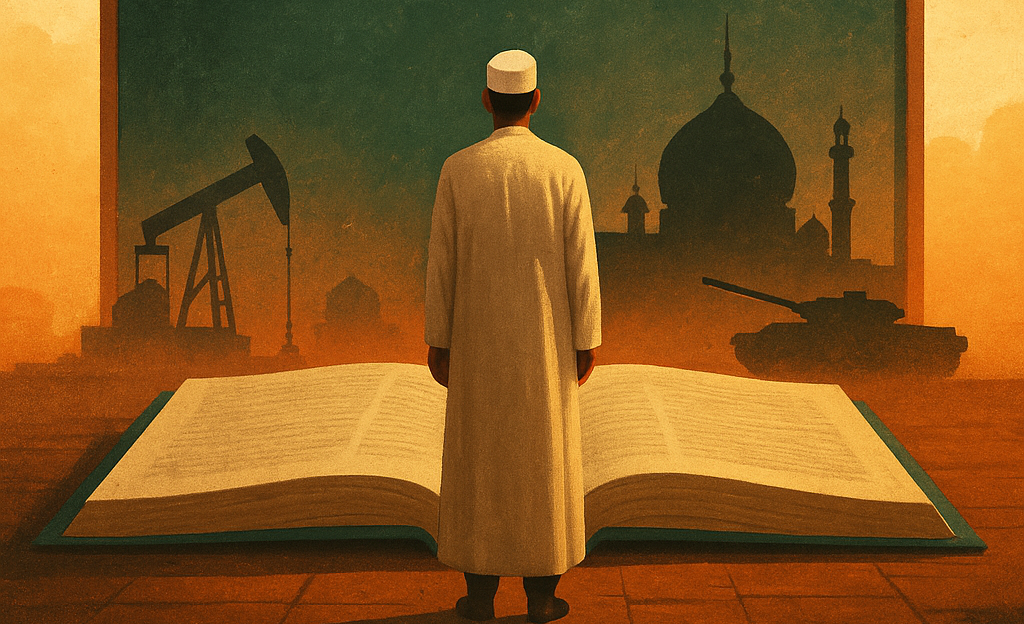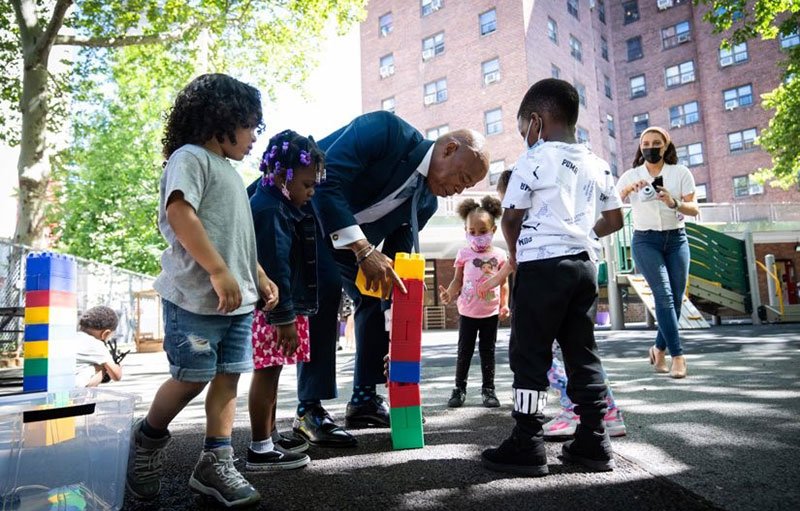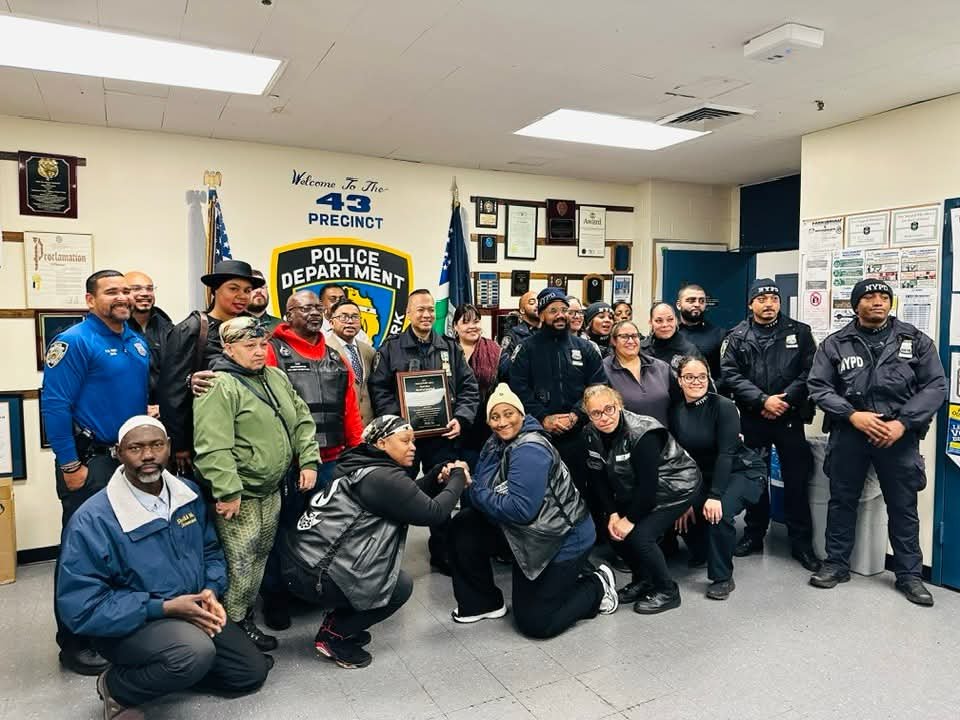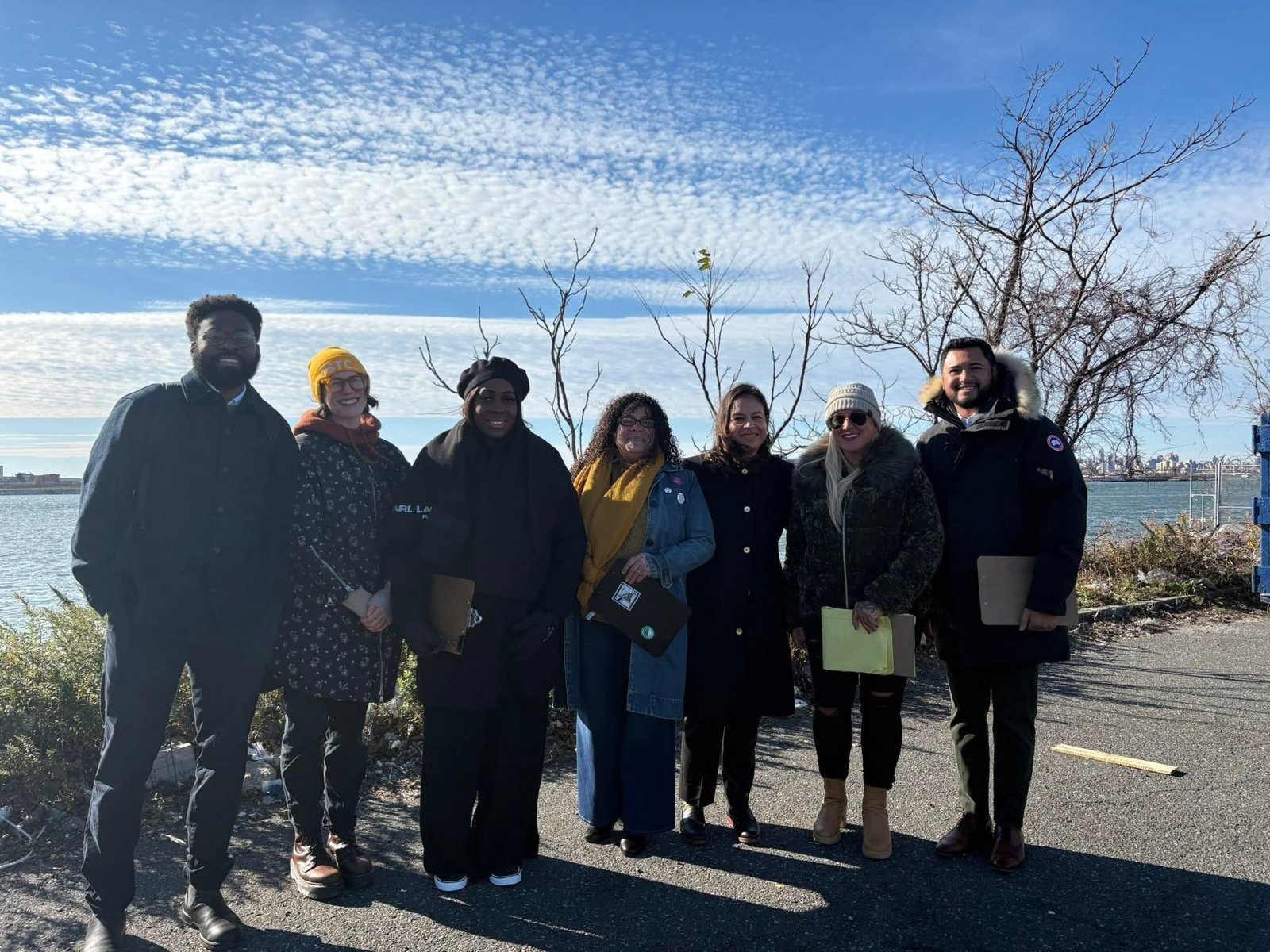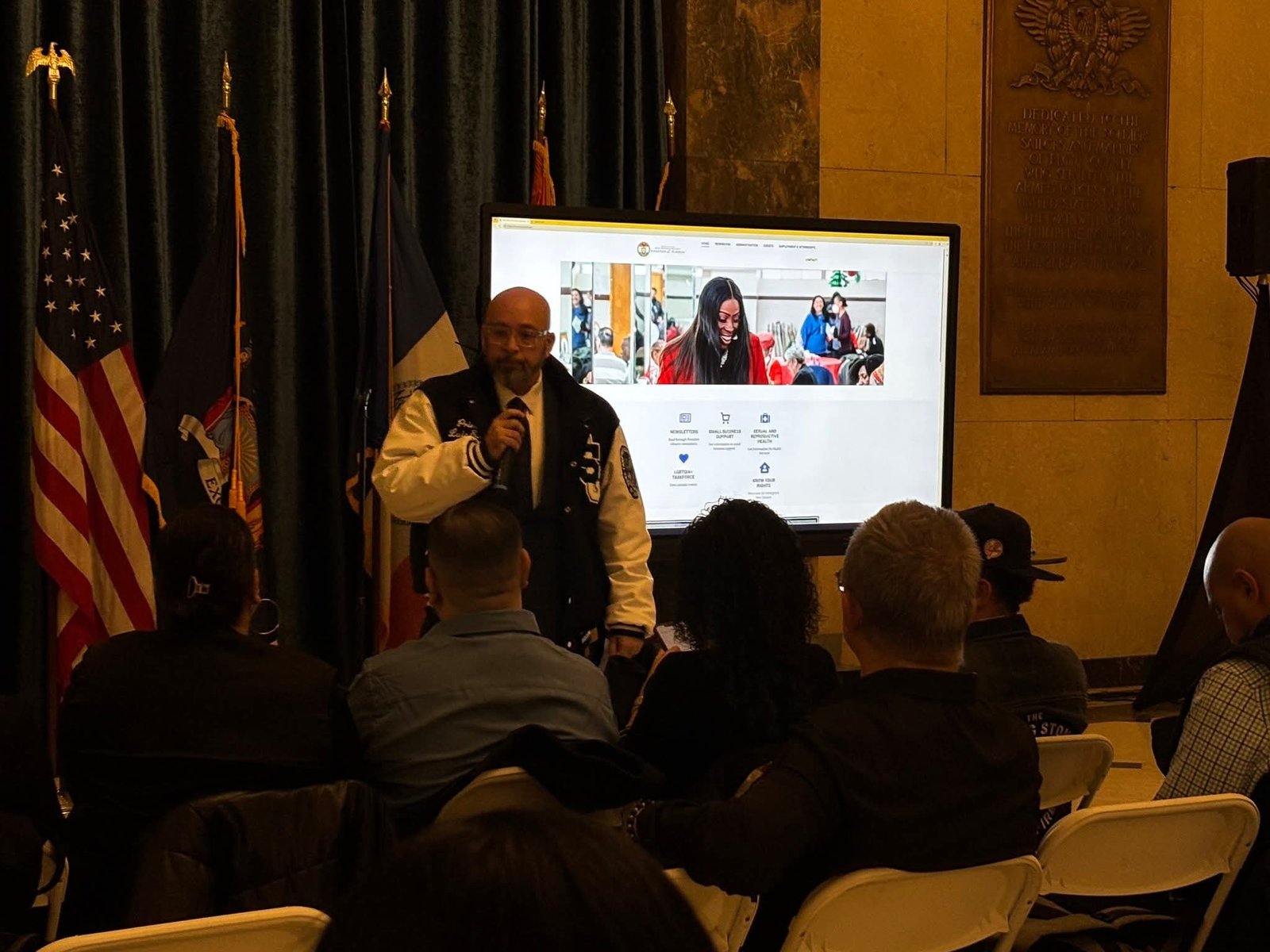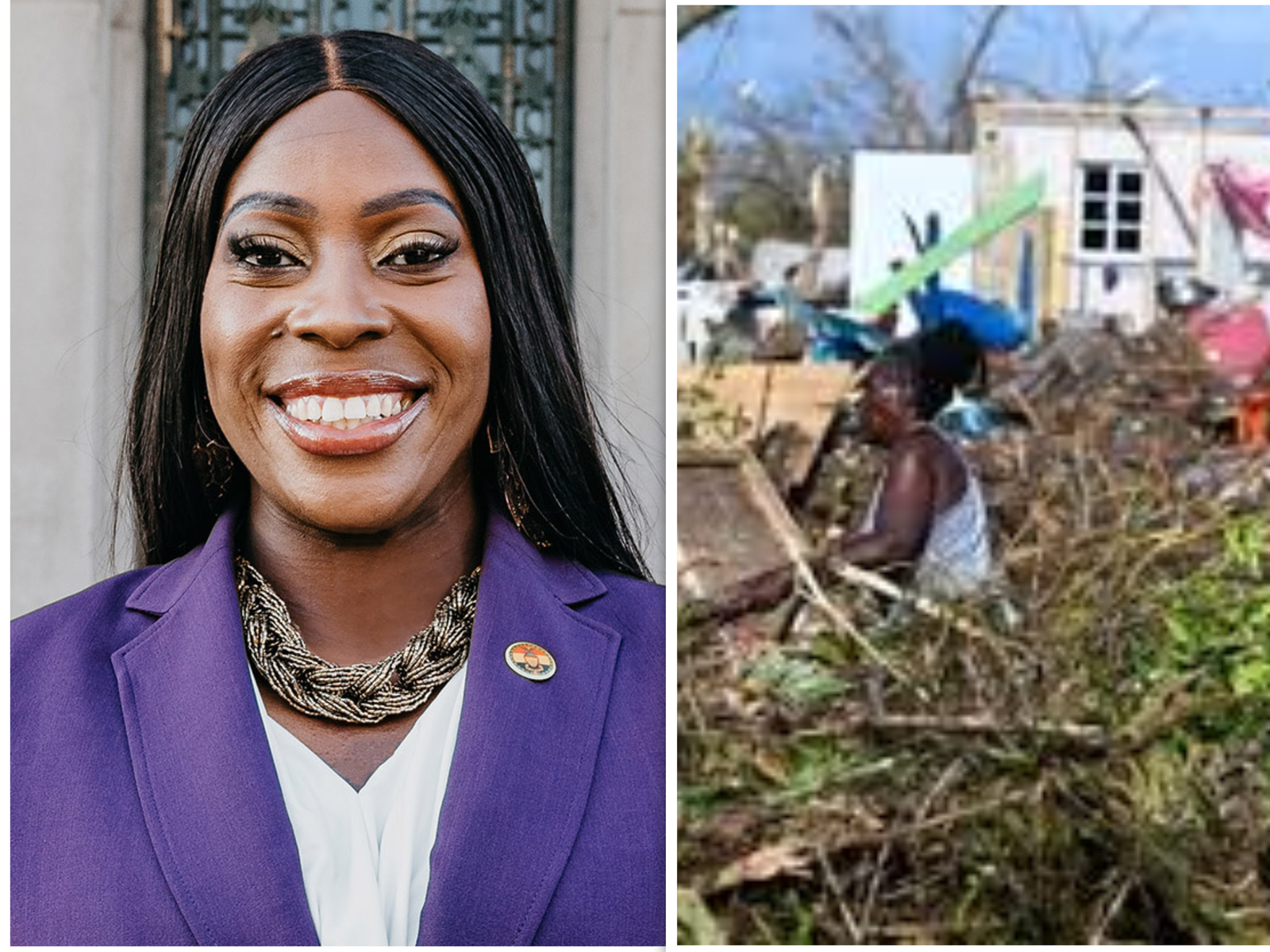
A Sacred and Essential Act of Remembrance
By Department of Veterans’ Services Commissioner James Hendon
Memorial Day, formerly known as “Decoration Day,” has long been a day of mourning and remembrance for our fallen servicemembers. As we just wrapped that sacred holiday, it’s important to note that our nation’s first Memorial Day tributes took place 160 years ago in Charleston, South Carolina, in a racetrack-turned-war camp-turned-cemetery for Civil War soldiers who had died in captivity there. Determined to honor their service and sacrifice, a community of newly freed Black Americans organized a commemoration honoring the 257 Union Army soldiers who were buried there in unmarked graves.
Black Charlestonians, alongside white missionaries and educators made the decision to give these men a proper resting place. Over the course of ten days, they reorganized the graves, built a ten-foot white fence around the site, and named it “Martyrs of the Race Course.”
According to Pulitzer Prize-winning historian David Blight, on May 1, 1865, nearly 10,000 people came to pay tribute to the fallen – three years before the first formal Memorial Day was observed in 1868. Three thousand Black children carried flowers and sang “John Brown’s Body.” Black pastors led prayers and spirituals. Union soldiers—both Black and white—marched in formation and held a formal salute. The graves were covered in roses, and the fallen were remembered, their stories were shared, their lives celebrated.
It was, in every sense, a Decoration Day. A sacred act of remembrance that would set the precedent for what we have come to know as Memorial Day.
But over time, that story was pushed aside, replaced by a more sanitized version. When General John A. Logan called for a national day of remembrance in 1868, it became the officially recognized starting point.
The earlier tribute by freedmen was quietly erased. The cemetery was later renamed for a Confederate general, and the Union graves were reinterred elsewhere.
This is not just a forgotten piece of history—it’s a reflection of a deeper truth: the full story of military service in America has yet to be fully told.
Throughout our nation’s history, the same communities that were excluded from full rights of citizenship have shown up, time and again, to defend those very ideals. We see this in the service of Black Americans, from the U.S. Colored Troops to the Harlem Hellfighters to the Six Triple Eight Battalion and the Tuskegee Airmen.
We see it in Chinese Americans, of whom 25 percent served during World War Two compared to nine percent of all Americans at the time. We see it in Native Americans, who serve at the highest rate per capita of any ethnic group in the U.S. military—five times the national average. And we see it in the sacrifice of Puerto Rican soldiers—including the 65th Infantry Regiment, the Borinqueneers, who fought valiantly in Korea while serving under segregated command.
These are just a few examples of a much larger and more universal truth: that across generations, many marginalized communities in this country have served with distinction, even while being denied the full freedoms they fought to defend.
On the heels of Memorial Day, we must remember to honor not only the fallen—but the forgotten. We must remember the soldiers, sailors, Marines, airmen, Coast Guardsmen, and guardians, yes—but also those who first remembered them. Those whose intentional acts of care and reverence gave rise to a national tradition.
The legacy of that first Decoration Day in Charleston must be part of our collective understanding when we speak about the meaning and history of Memorial Day.
We have a duty to tell the full story—to say the names that history has too often overlooked. The more we share these stories of patriotism and perseverance, the closer we come to truly honoring all who served—not just in war, but in memory.


